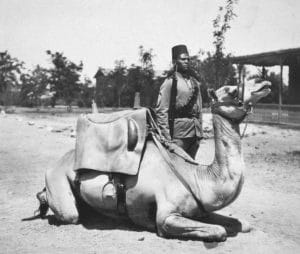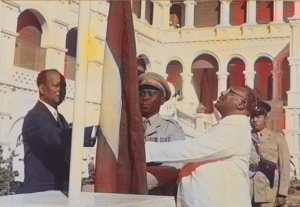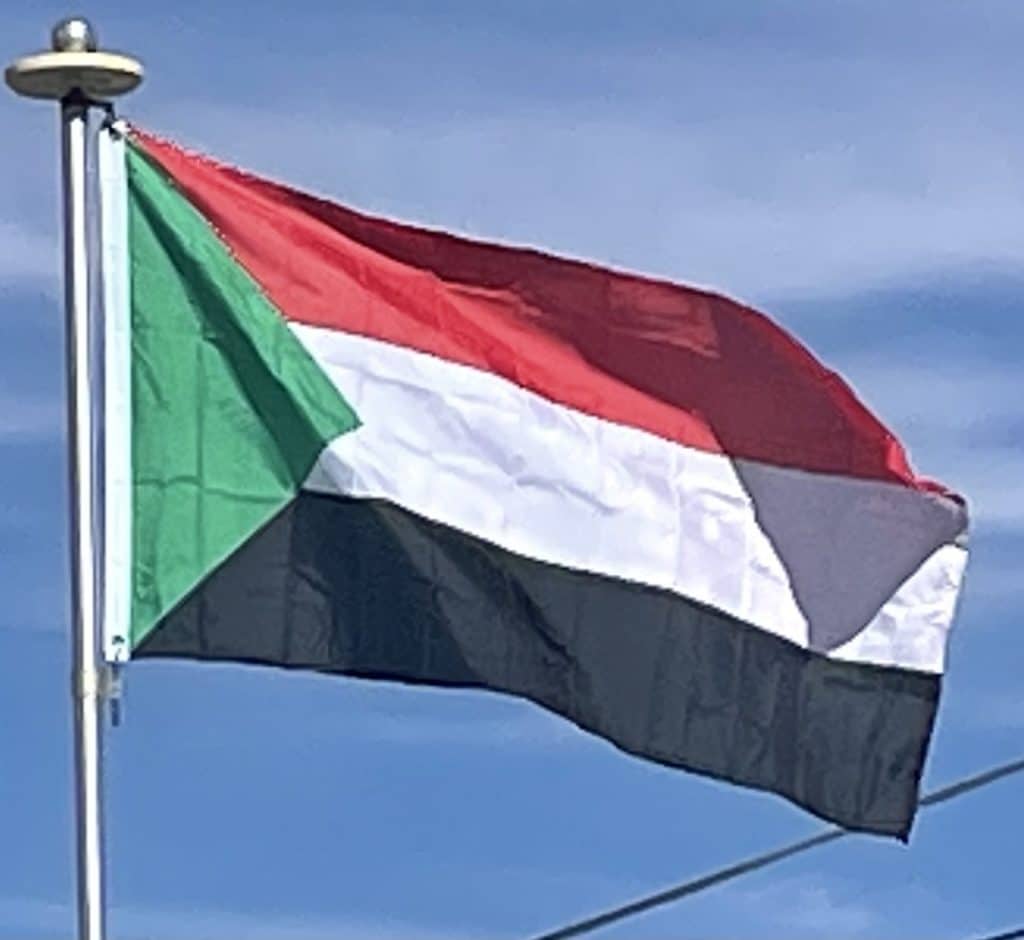
Mussolini made it clear that he could not invade Abyssinia without first conquering Egypt and Sudan; they intended unification of Libya with Italian East Africa. The British Imperial General Staff prepared for military defense of the region, which was thin on the ground. The British ambassador blocked Italian attempts to secure a Non-Aggression Treaty with Egypt-Sudan. But Mahmoud was a supporter of the Grand Mufti of Jerusalem; the region was caught between the Empire’s efforts to save the Jews, and moderate Arab calls to halt migration. The Sudanese Government was directly involved militarily in the East African Campaign. Formed in 1925, the Sudan Defence Force played an active part in responding to incursions early in World War Two. Italian troops occupied Kassala and other border areas from Italian Somaliland during 1940. In 1942, the SDF also played a part in the invasion of the Italian colony by British and Commonwealth forces. The last British governor-general was Robert George Howe.
The Egyptian revolution of 1952 finally heralded the beginning of the march towards Sudanese independence. Having abolished the monarchy in 1953, Egypt’s new leaders, Mohammed Naguib, whose mother was Sudanese, and later Gamal Abdel Nasser, believed the only way to end British domination in Sudan was for Egypt to officially abandon its claims of sovereignty. In addition, Nasser knew it would be difficult for Egypt to govern an impoverished Sudan after its independence. The British on the other hand continued their political and financial support for the Mahdist successor, Abd al-Rahman al-Mahdi, whom it was believed would resist Egyptian pressure for Sudanese independence. Rahman was capable of this, but his regime was plagued by political ineptitude, which garnered a colossal loss of support in northern and central Sudan. Both Egypt and Britain sensed a great instability fomenting, and thus opted to allow both Sudanese regions, north and south to have a free vote on whether they wished independence or a British withdrawal.
Independence (1956–present):
A polling process was carried out resulting in the composition of a democratic parliament and Ismail al-Azhari was elected first Prime Minister and led the first modern Sudanese government. On 1 January 1956, in a special ceremony held at the People’s Palace, the Egyptian and British flags were lowered and the new Sudanese flag, composed of green, blue and yellow stripes, was raised in their place by the prime minister Ismail al-Azhari.

Dissatisfaction culminated in a second coup d’état on 25 May 1969. The coup leader, Col. Gaafar Nimeiry, became prime minister, and the new regime abolished parliament and outlawed all political parties. Disputes between Marxist and non-Marxist elements within the ruling military coalition resulted in a briefly successful coup in July 1971, led by the Sudanese Communist Party. Several days later, anti-communist military elements restored Nimeiry to power.
In 1972, the Addis Ababa Agreement led to a cessation of the north–south civil war and a degree of self-rule. This led to ten years hiatus in the civil war but an end to American investment in the Jonglei Canal project. This had been considered absolutely essential to irrigate the Upper Nile region and to prevent an environmental catastrophe and wide-scale famine among the local tribes, most especially the Dinka. In the civil war that followed their homeland was raided, looted, pillaged, and burned. Many of the tribe were murdered in a bloody civil war that raged for over 20 years.
Bashir government (1989–2019):
On 30 June 1989, Colonel Omar al-Bashir led a bloodless military coup.
